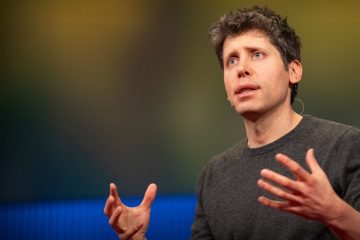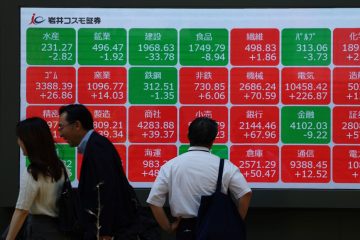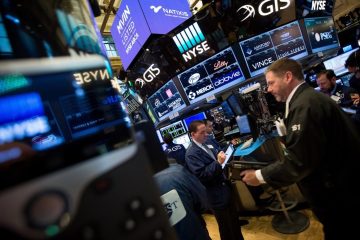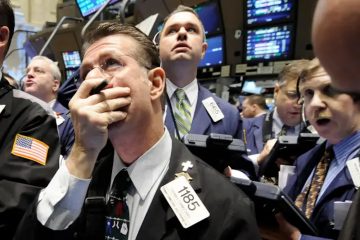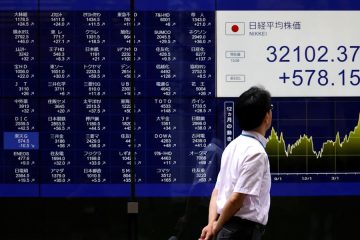SAP says goodbye to Qualtrics less than two years after buying it for $8 billion

It’s been less than two years since Germany’s SAP announced its intent to acquire Qualtrics, a Provo, Utah-based maker of “experience management” software, and just 18 months since the deal closed. Now Europe’s largest software company, led by new CEO Christian Klein, is announcing a very different path for Qualtrics: To take it public through an initial offering in the United States.
“…[W]e decided that an IPO would provide the greatest opportunity for Qualtrics to grow the experience management category, serve its customers, explore its own acquisition strategy, and continue building the best talent,” Klein said in a press release issued by the company on Sunday.
Klein has been sole CEO of SAP since April, sharing the role with Jennifer Morgan for six months before that. The pair in October 2019 replaced longtime CEO Bill McDermott, who made the deal for Qualtrics a year before his exit.
Qualtrics founder Ryan Smith painted an equally rosy picture of today’s unexpected announcement: “This is an amazing time to be part of both Qualtrics and SAP,” Smith said in the press release. “We’re excited to continue building out the XM [experience management] ecosystem while SAP remains our closest and most important innovation partner.”
SAP will retain majority ownership of a newly-independent and public Qualtrics. (According to the release, SAP has “no intention of spinning off or otherwise divesting its majority ownership interest.”) Both leaders contend that the two companies will continue to work together as partners. With all of that said, taking Qualtrics public after less than two years of ownership—and, notably, after spending $8 billion on the acquisition—raises some questions.
Qualtrics, used by companies to survey and analyze feedback from customers or employees, was on a path to go public when SAP swooped in and bought it—just four days before a planned IPO in late 2018. The software maker, founded in 2002 by Smith along with his father, brother, and college roommate, stayed fiercely independent for as long as it could. Smith purposely kept the company headquartered in his native Utah, where the costs were lower and the pace was slower. Qualtrics refused outside funding until 2012. By that time, it had a decade of growth under its belt. Six years later, with annual revenues just shy of $300 million, the company filed to go public and set off on a long-anticipated IPO road show.
By then an acquisition by a much larger and older tech company didn’t seem like it was in the cards. Still, the surprise announcement wasn’t shocking. Like other decades-old enterprise software giants, SAP had a long history of growing via acquisitions—though the hefty price the larger company paid for Qualtrics was cause for some industry head-scratching.
At the time of the 2018 deal, both sides were exuberant about the opportunities their combined forces would present. In a release announcing the acquisition, then-SAP CEO McDermott described his company and Qualtrics as “like-minded innovators, united in mission, strategy and culture.” It’s clear that is not the case today.
Both SAP and Qualtrics are positioning Sunday’s move as a win-win. But when viewed through the lens of the original intent of the acquisition (growing both companies as one), and the $8 billion SAP paid to close the deal, it’s hard to imagine that everything went as smoothly as planned.
One interesting tidbit from Sunday’s news? Smith intends to be the largest individual shareholder of a newly public Qualtrics. In the end, it looks like the Utah-based founder will retain some independence. But he sure took an interesting path to get there.

